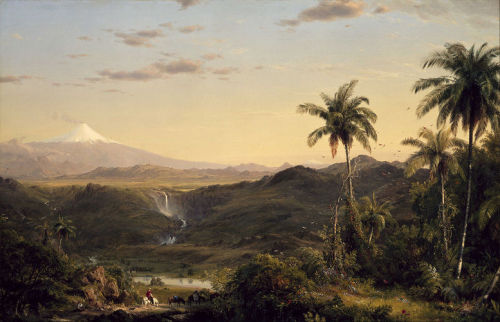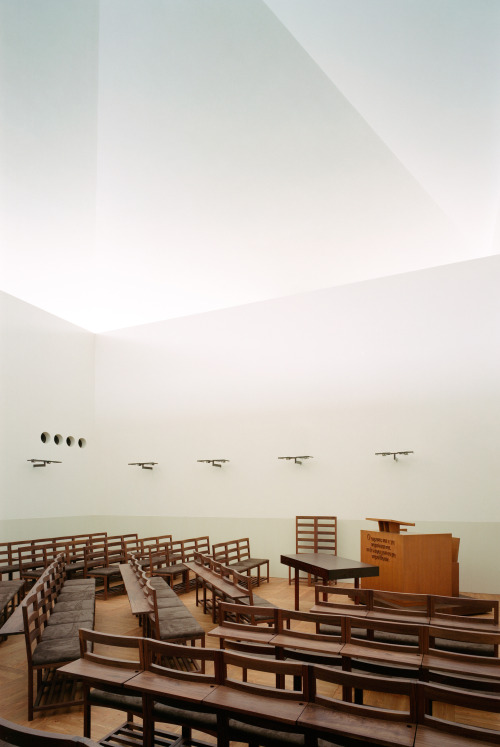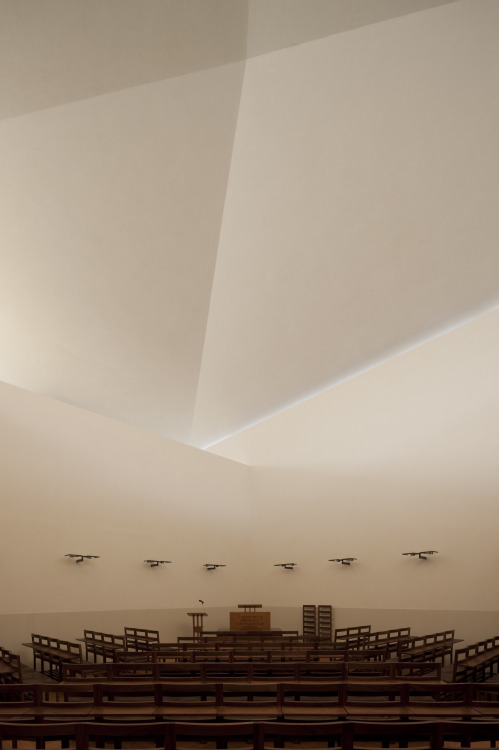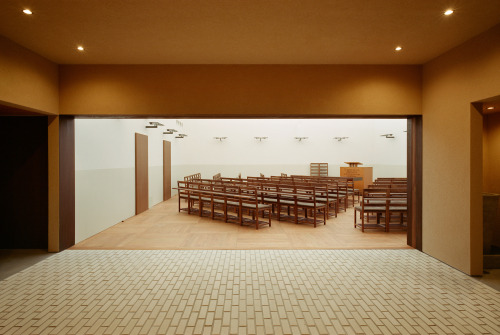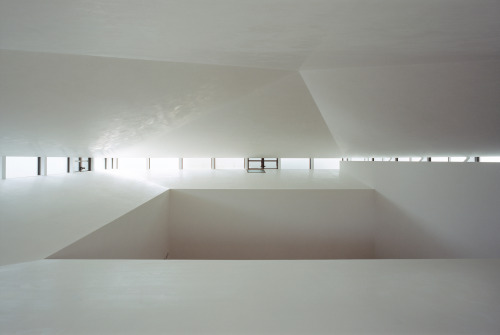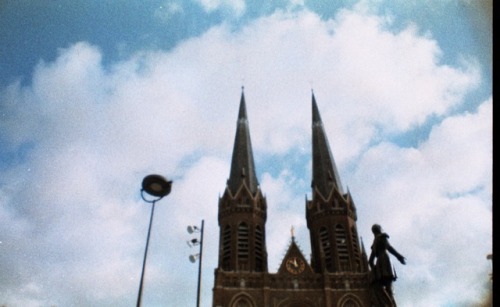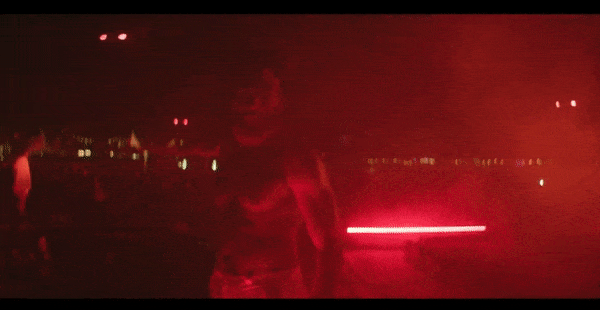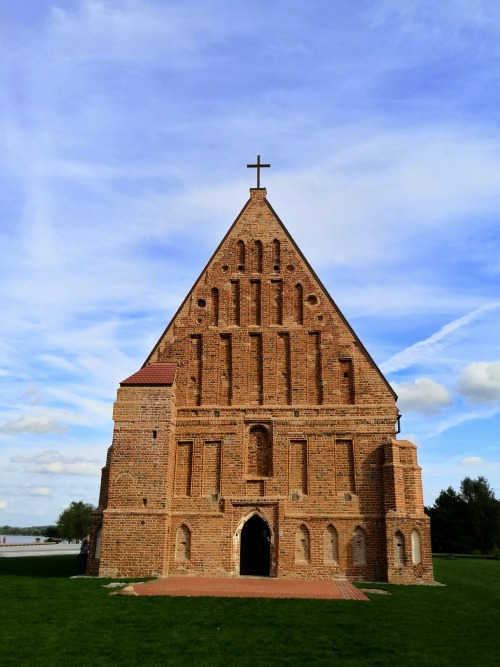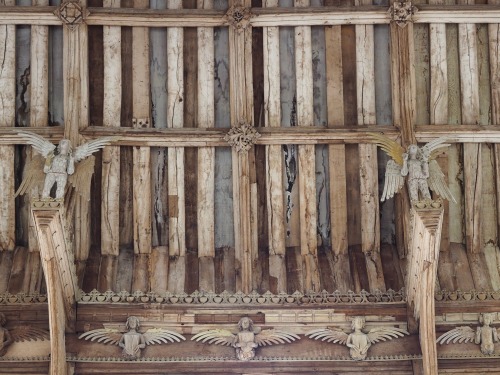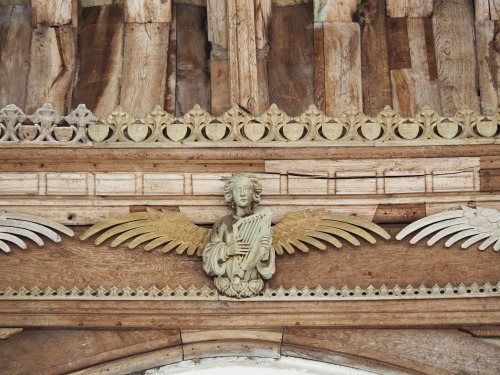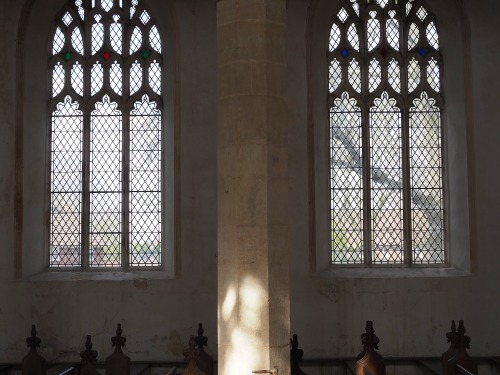#church
Easter Sunday mood (II)

Otto Scharf :: Taufgang, ca. 1905. Photogravure. The photograph depicts the faithful standing in line outside a church to be baptized. In: Photografische Mitteilungen 1905. | src Photoseed

Otto Scharf :: Taufgang, ca. 1905. Photogravure. Editor: Atelier Georg Büxenstein & Co. In: Photografische Mitteilungen 1905. | src photogravure.com
I think we all needed that Jem/Church reunion.

Even church girls like to get tied up. Now that she’s on her knees …

Golden







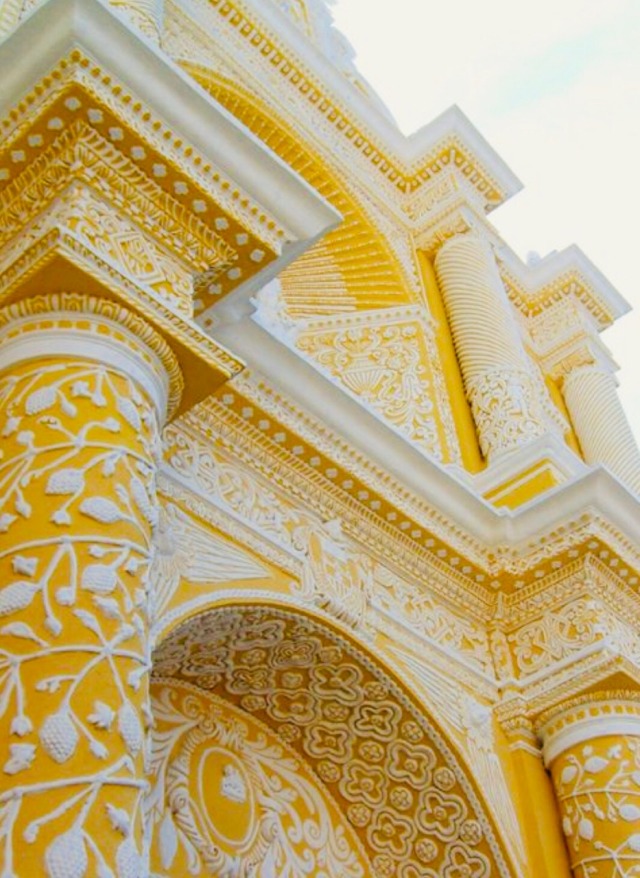

Iglesia de la Merced
How did Christianity survive Jesus’ death ?
(I know this question makes zero sense from a theological standpoint but hear me out, I swear it’s interesting)
In the times of Jesus, there were many Jewish prophets wandering the land. They managed to accumulate a following by performing miracles and preaching. These movements were based on the charisma of the leader, and so, when the leader died, the movement usually dissolved on its own.
A few years after starting his predication, Jesus was arrested in Jerusalem and crucified: it was the humiliating death of a criminal accused of rebellion. This would have been interpreted by many as a definite proof that Jesus was not, in fact, sent by God.
At this point, belief in Christ would have been very likely to disappear. But it didn’t. In the contrary, faith in Jesus grew (to about 7500 followers at the end of the 1st century).
So,why didn’t belief in Jesus disappear after Jesus’ death ?
- Jesus had recruted a group of close disciples, heavily motivated to spread his message, who were extremely intelligent and competent. Even after his death, they kept on preaching and recruted more believers.
- His death didn’t necessarily render his message obsolete. Many Jewish prophets preached the victory of a certain rebellion for example. When the rebellion was crushed by the Roman army, their message was evidently obsolete. Jesus didn’t preach political rebellion, but forgiveness and the imminent end of times. After his death, his followers could argue that his death was necessary (as prophesied in Jewish scriptures) and that his message of forgiveness remained valid until the end of times.
-A progressive opening firstly towards Hellenic Jews (Jews of the Diaspora, who didn’t live in Israel but in other countries around the Mediterranean world, and spoke Greek as their primary language)
-An even more radical opening towards Gentiles - non-Jews - who were thought by some (but not all) to be included in Jesus’ message
- The very tense alliance of two very distinct groups inside early Christianity: people who believed that only those following the Law of Moses could benefit from the forgiveness that Jesus promised, and those who believed that his message was also directed towards the Gentiles, who should not be asked to follow the Law upon conversion
This alliance was to be fundamental to Christianity’s success: thanks to this alliance, early Christianity didn’t cut ties with Judaism (and therefore benefitted from the legitimating influence of Jewish scriptures) while making itself incredibly more attractive to Gentiles (who didn’t have to follow the Law - and therefore didn’t have to completely abandon their previous social relationships due to Judaism’s heavy standards on purity).
- They managed to surmount the disappointment of the end of times not arriving. Complex phenomenon, but basically, the imminence of the Kingdom of God - a very important theme in the teaching of Jesus and the early Apostles - was progressively “spiritualised”, turned into metaphor of earthly spiritual life. The Kingdom of God wasn’t coming, so each and everyone had to enter the Kingdom of God on Earth, by converting and participating in the Church.
-The progressive marginalisation of heterodox groups challenging the authority of the proto-orthodoxy. Marcionites, Gnostics, and Montanists eventually saw their influence decline and eventually disappeared, not really because they lost on the theological side, but because their theological positions often inevitably lead them to marginalisation. For example, some Gnostics refused to have children, so no more of the divine being would be trapped in physical matter. Marcionites actively condemned Jewish scriptures, the Law of Moses and many texts which were very respected at the time, including many of the texts which would later be part of the official canon.
-The progressive rise of mono-bishops. Churches originally controlled by assemblies of important men of the community tended more and more to be controlled by only one bishop. This man had the authority to impose orthodoxy and turn belief in Jesus away from charismatic preaching into institutions that were made to last.
-The constitution of a canon of recognized texts, which became the New Testament. This wasn’t a simple process. Many different texts, and therefore many different “memories” of Jesus were excluded by this canon. Therefore, the image given of Jesus in the New Testament is far from being simple and univocal: for example, Matthew’s Jesus strongly advocates for strict adherence to the Law, while Paul’s Jesus considered that strict adherence to the Law was useless, and that it never granted anybody salvation. Still, early Church theologians, most notably Irénée de Lyon, worked to reconcile these texts, and managed to create a somewhat coherent picture of Jesus and his message - therefore setting down the basis for Christianity.
Source: Enrico Norelli, La nascità del cristianesimo, Bologna, 2014


The earliest depiction of the Crucifixion, a 2nd century graffiti meant as an insult towards Christians.The Greek text reads “Alexamenos worships God”.
Looking out through the porch of Llangelynin Old Church, high up on the edge of the Conwy Valley. The oldest parts of the church are 12th or 13th century.
[Image description: a colour Instagram photo of the view looking through a porch built of stone and wood beams, past low wooden gates, into a grassy graveyard.]
#ImageDescription #Snowdonia #SnowdoniaNationalPark #eryri #wales #cymru #FindYourEpic #ThisIsMyAdventure #AwakeTheSoul #KeepItWild #hiking #travel #TravelPhotography #adventure #NaturePhotography #GetOutside #UKHikers #wanderlust #DiscoverEarth #PeopleWhoAdventure #snowdoniagram #ThisIsMyWales #YesCymru #Church #medieval #mediaeval #llangelynin
https://www.instagram.com/p/Cb-7LrTMm6G/?utm_medium=tumblr
Post link
Pucci is happy to soothe the desperate people when a skin-melting plague breaks out - they just need to follow him and trust him and his God :)
We can share these now! Here is my finished piece made for the JJBA Apocalyptic Zine!
Post link
Christian Orthodox nuns hold candles and flowers as they walk along the Via Dolorosa in the old city of Jerusalem, during the Dormition of the Mother of God commemorating the death of Virgin Mary - walking from the Church of the Holy Sepulchre to the Tomb of Mary in Gethsemane. August 25, 2016. Photo by Hadas Parush/Flash90
Post link
Moody & beautiful Hallgrimskirkja Cathedral. #Iceland #reykjavik #cathedral #church #architecture #lutheran #lutheranchurch #capital #travel #blackandwhite #monochrome #hill #history #viking #vikings (at Hallgrimskirkja Cathedral Church)
Post link


